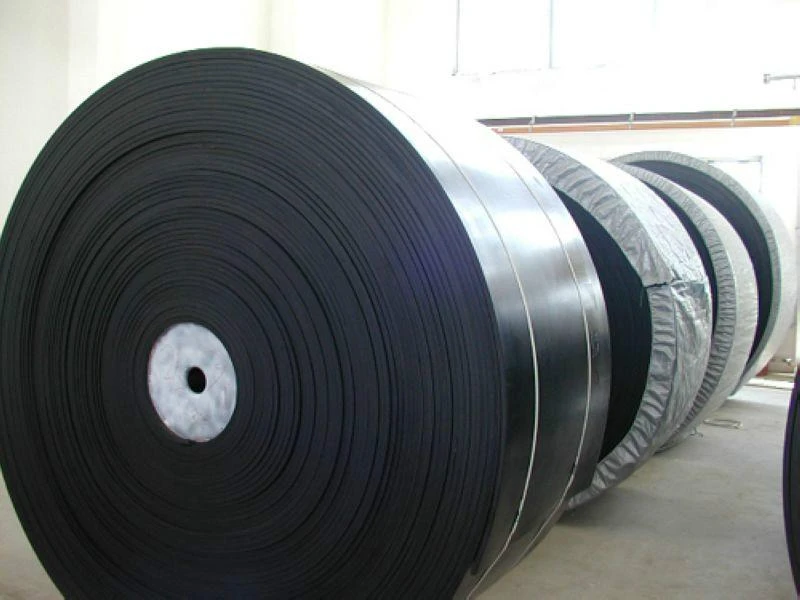 Afrikaans
Afrikaans  Albanian
Albanian  Amharic
Amharic  Arabic
Arabic  Armenian
Armenian  Azerbaijani
Azerbaijani  Basque
Basque  Belarusian
Belarusian  Bengali
Bengali  Bosnian
Bosnian  Bulgarian
Bulgarian  Catalan
Catalan  Cebuano
Cebuano  Corsican
Corsican  Croatian
Croatian  Czech
Czech  Danish
Danish  Dutch
Dutch  English
English  Esperanto
Esperanto  Estonian
Estonian  Finnish
Finnish  French
French  Frisian
Frisian  Galician
Galician  Georgian
Georgian  German
German  Greek
Greek  Gujarati
Gujarati  Haitian Creole
Haitian Creole  hausa
hausa  hawaiian
hawaiian  Hebrew
Hebrew  Hindi
Hindi  Miao
Miao  Hungarian
Hungarian  Icelandic
Icelandic  igbo
igbo  Indonesian
Indonesian  irish
irish  Italian
Italian  Japanese
Japanese  Javanese
Javanese  Kannada
Kannada  kazakh
kazakh  Khmer
Khmer  Rwandese
Rwandese  Korean
Korean  Kurdish
Kurdish  Kyrgyz
Kyrgyz  Lao
Lao  Latin
Latin  Latvian
Latvian  Lithuanian
Lithuanian  Luxembourgish
Luxembourgish  Macedonian
Macedonian  Malgashi
Malgashi  Malay
Malay  Malayalam
Malayalam  Maltese
Maltese  Maori
Maori  Marathi
Marathi  Mongolian
Mongolian  Myanmar
Myanmar  Nepali
Nepali  Norwegian
Norwegian  Norwegian
Norwegian  Occitan
Occitan  Pashto
Pashto  Persian
Persian  Polish
Polish  Portuguese
Portuguese  Punjabi
Punjabi  Romanian
Romanian  Russian
Russian  Samoan
Samoan  Scottish Gaelic
Scottish Gaelic  Serbian
Serbian  Sesotho
Sesotho  Shona
Shona  Sindhi
Sindhi  Sinhala
Sinhala  Slovak
Slovak  Slovenian
Slovenian  Somali
Somali  Spanish
Spanish  Sundanese
Sundanese  Swahili
Swahili  Swedish
Swedish  Tagalog
Tagalog  Tajik
Tajik  Tamil
Tamil  Tatar
Tatar  Telugu
Telugu  Thai
Thai  Turkish
Turkish  Turkmen
Turkmen  Ukrainian
Ukrainian  Urdu
Urdu  Uighur
Uighur  Uzbek
Uzbek  Vietnamese
Vietnamese  Welsh
Welsh  Bantu
Bantu  Yiddish
Yiddish  Yoruba
Yoruba  Zulu
Zulu Rubber Lagging Solutions for Enhanced Pulley Performance and Durability in Various Applications
Pulley Rubber Lagging Enhancing Performance and Longevity in Conveyor Systems
In the realm of material handling, conveyor systems play a pivotal role in various industries, including mining, manufacturing, and logistics. Among the critical components that ensure these systems operate efficiently is the pulley. To enhance the performance and longevity of pulleys, rubber lagging has emerged as a vital solution. This article delves into the significance of rubber lagging for pulleys, its benefits, and the factors to consider for optimal application.
What is Pulley Rubber Lagging?
Pulley rubber lagging involves applying a layer of rubber to the surface of a pulley to improve its functionality. This rubber coating serves several purposes, including increasing friction between the belt and the pulley, reducing slippage, and protecting the pulley from wear and tear. By improving the grip, rubber lagging helps in transferring power more efficiently, which is crucial in high-demand environments where reliability is paramount.
Benefits of Pulley Rubber Lagging
1. Enhanced Traction and Reduced Slippage One of the primary benefits of rubber lagging is the enhanced traction it provides between the conveyor belt and the pulley. A high-friction surface minimizes slippage, which can not only hinder material transport but also cause excessive wear on both the belt and pulley. This increased grip ensures smoother operation and reduces the likelihood of downtime due to slippage-related issues.
2. Protection Against Wear Pulley lagging acts as a protective barrier, safeguarding the underlying metal surface of the pulley from the abrasive effects of the materials being transported. This is particularly beneficial in industries where heavy and coarse materials are handled, as it extends the lifespan of the pulley and reduces maintenance costs.
pulley rubber lagging

3. Vibration Damping The rubber layer also serves to dampen vibrations. In many conveyor applications, vibrations can lead to mechanical failures and noise issues. Rubber lagging helps absorb these vibrations, promoting a quieter and more reliable operation while enhancing the overall performance of the conveyor system.
4. Improved Load Distribution Rubber lagging helps in distributing the load more evenly across the pulley surface. This load distribution not only contributes to the longevity of the pulley but also ensures efficient operation by minimizing the risk of deformation or damage under heavy loads.
5. Cost-Effectiveness Although there is an initial investment associated with applying rubber lagging to pulleys, the long-term savings are significant. Reduced wear and tear on both the pulley and conveyor belt lead to fewer replacements and repairs, translating into lower overall maintenance costs.
Factors to Consider
When choosing rubber lagging for pulleys, it is essential to consider several factors, including the type of material being conveyed, environmental conditions, and the desired level of traction. Additionally, the type of rubber compound used can vary based on the specific application, with options like natural rubber, uretane, or specialized compounds tailored for specific demands.
Conclusion
In conclusion, pulley rubber lagging is an invaluable component in enhancing the efficiency and durability of conveyor systems. By improving traction, protecting against wear, dampening vibrations, and offering cost savings, rubber lagging contributes significantly to the smooth operation of industrial machinery. As industries continue to strive for greater efficiency and reduced operational costs, the role of rubber lagging in pulley systems will only become more critical, making it an essential consideration for any material handling operation.
-
Revolutionizing Conveyor Reliability with Advanced Rubber Lagging PulleysNewsJul.22,2025
-
Powering Precision and Durability with Expert Manufacturers of Conveyor ComponentsNewsJul.22,2025
-
Optimizing Conveyor Systems with Advanced Conveyor AccessoriesNewsJul.22,2025
-
Maximize Conveyor Efficiency with Quality Conveyor Idler PulleysNewsJul.22,2025
-
Future-Proof Your Conveyor System with High-Performance Polyurethane RollerNewsJul.22,2025
-
Driving Efficiency Forward with Quality Idlers and RollersNewsJul.22,2025





























